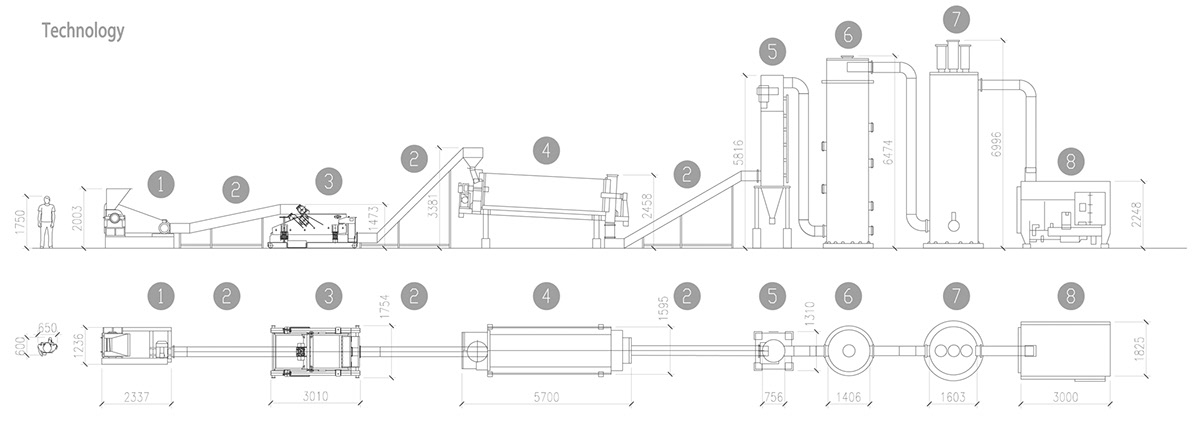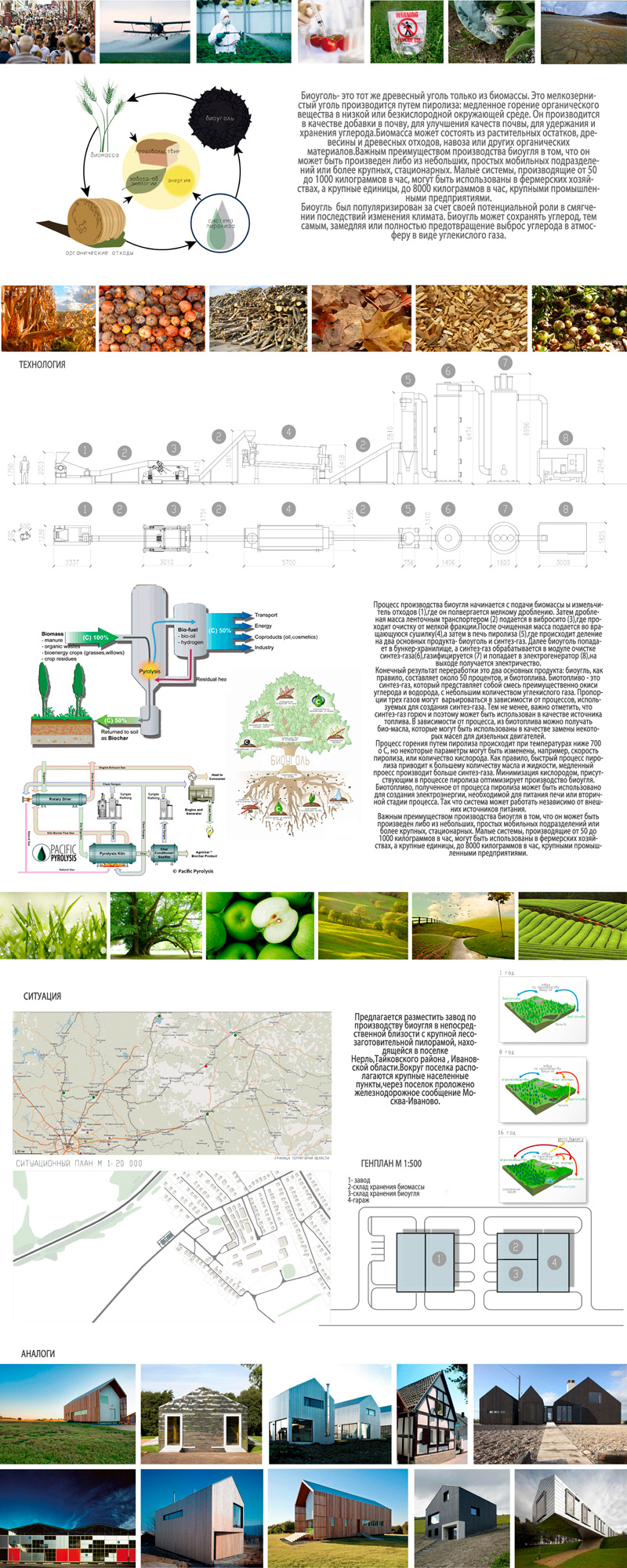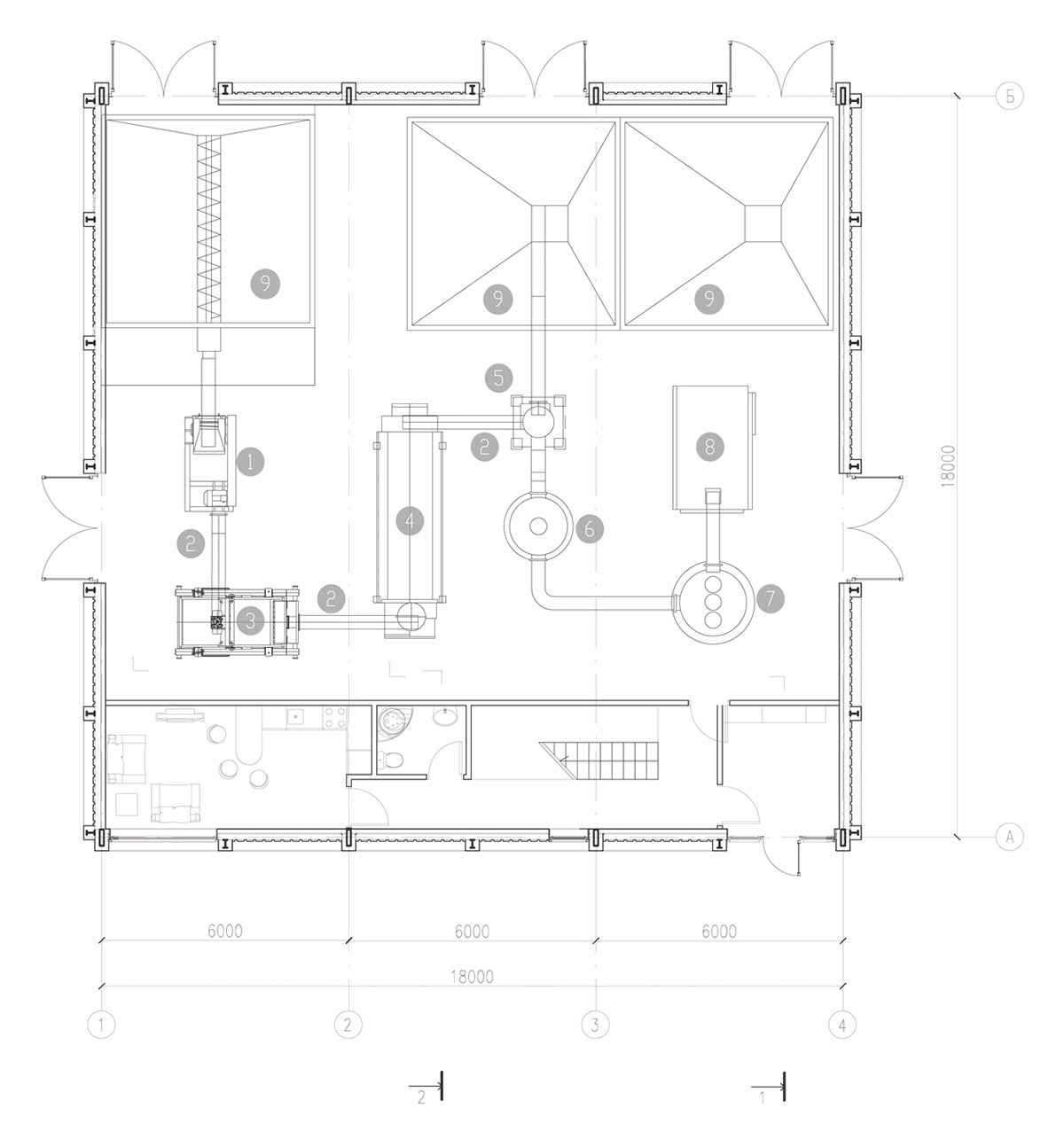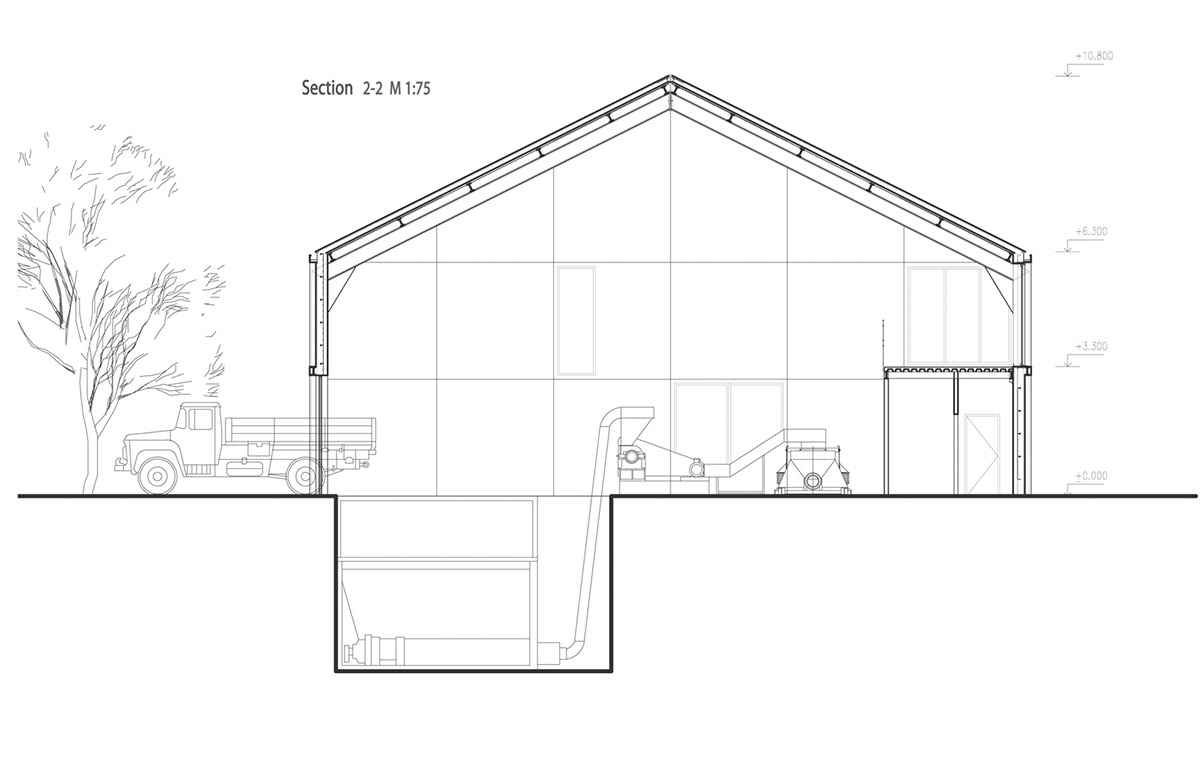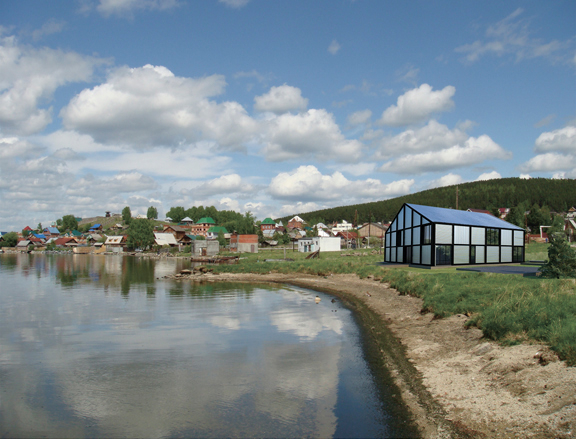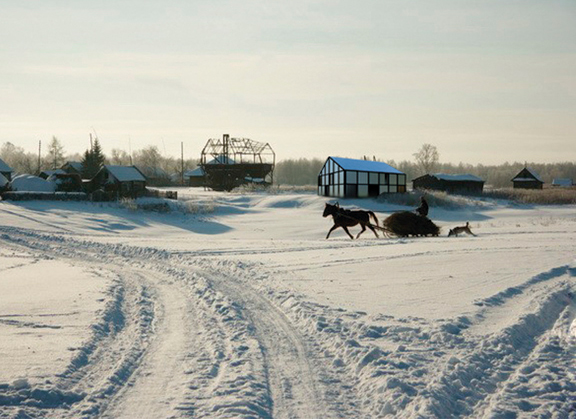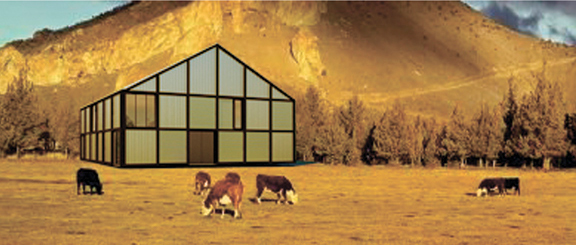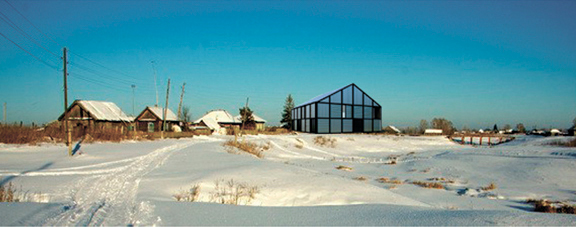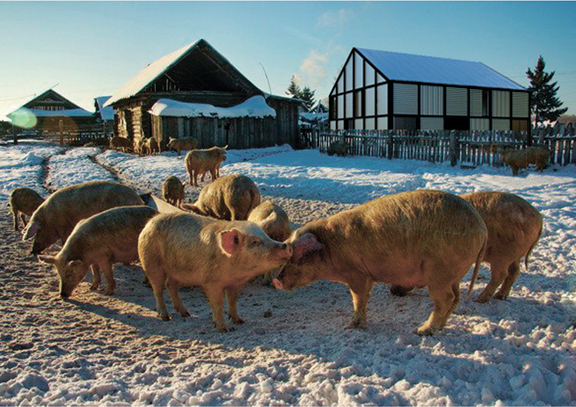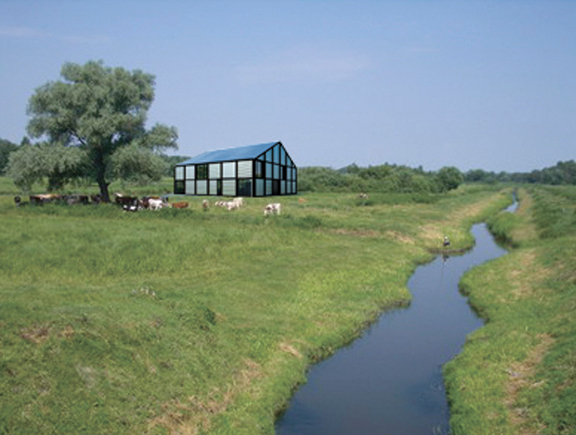Biochar Plant
recycling of organic waste
Biochar or terra preta, is a name for charcoal when it is used for particular purposes. Like all charcoal, biochar is created bypyrolysis of biomass. Biochar is under investigation as an approach to carbon sequestration via bio-energy with carbon capture and storage. Biochar thus has the potential to help mitigate climate change, via carbon sequestration. Independently, biochar can increase soil fertility, raise agricultural productivity and reduce pressure on forests, though the degree to which results offer long term carbon sequestration in practice has been challenged. Biochar is a stable solid, rich in carbon and can endure in soil for thousands of years.
Production.
Pyrolysis produces biochar, liquids and gases from biomass by heating the biomass in a low/no oxygen environment. The absence of oxygen prevents combustion. The relative yield of products from pyrolysis varies with temperature. Temperatures of 400–500 °C (752–932 °F) produce more char, while temperatures above 700 °C (1,292 °F) favor the yield of liquid and gas fuel components. Pyrolysis occurs more quickly at the higher temperatures, typically requiring seconds instead of hours. High temperature pyrolysis is also known as gasification, and produces primarily syngas. Typical yields are 60% bio-oil, 20% biochar, and 20% syngas. By comparison, slow pyrolysis can produce substantially more char (~50%). Once initialized, both processes produce net energy. For typical inputs, the energy required to run a “fast” pyrolyzer is approximately 15% of the energy that it outputs. Modern pyrolysis plants can use the syngas created by the pyrolysis process and output 3–9 times the amount of energy required to run.
